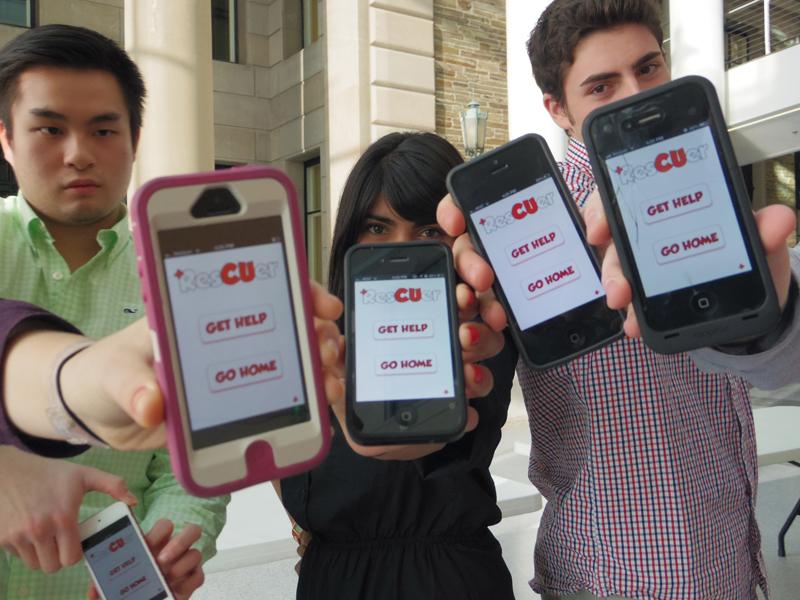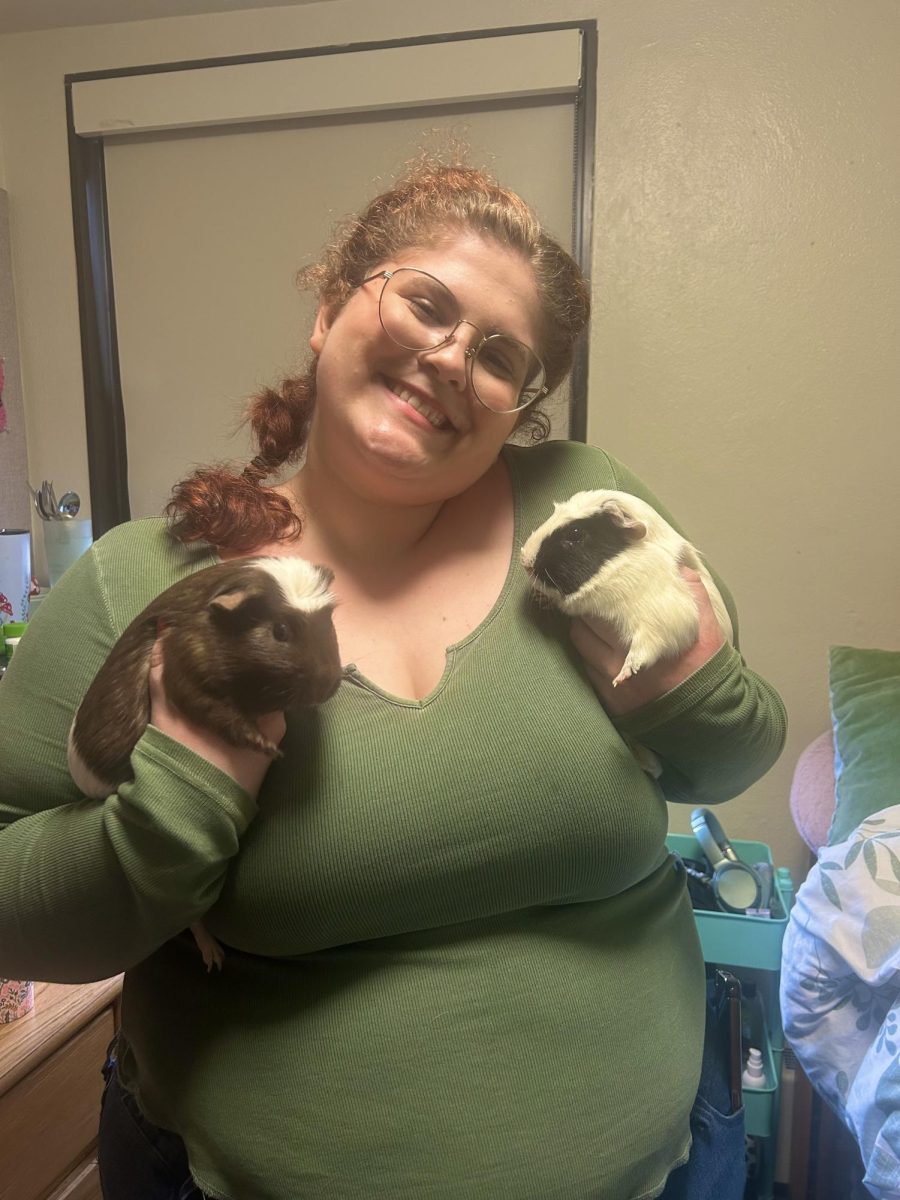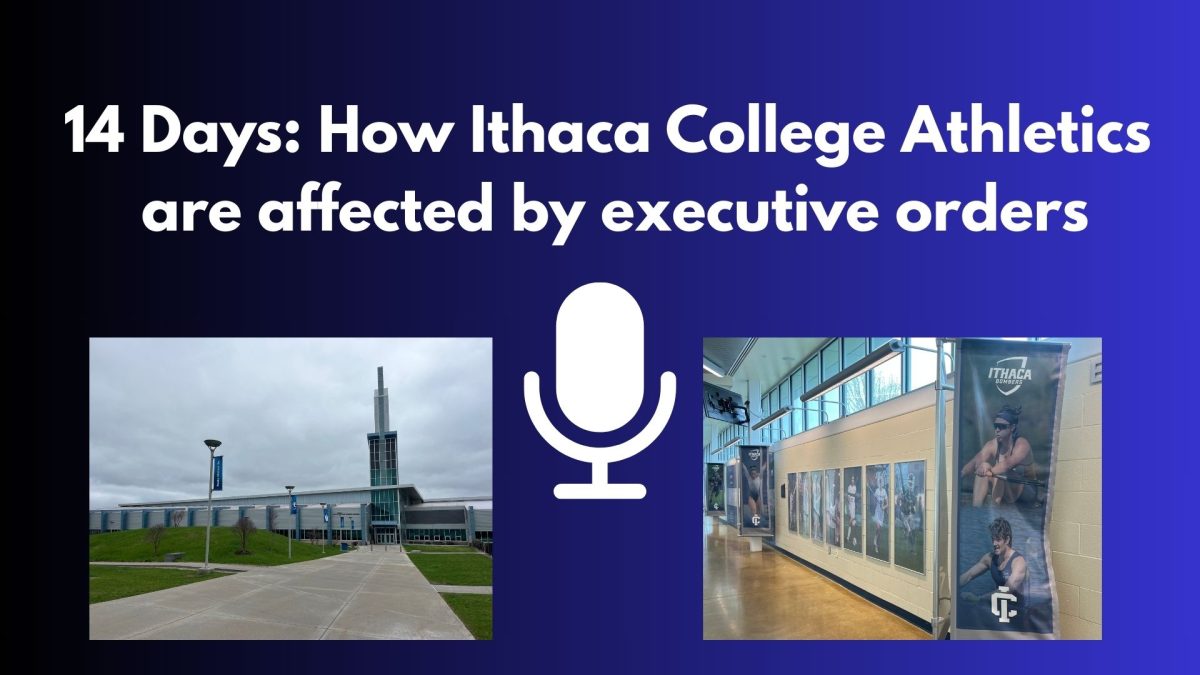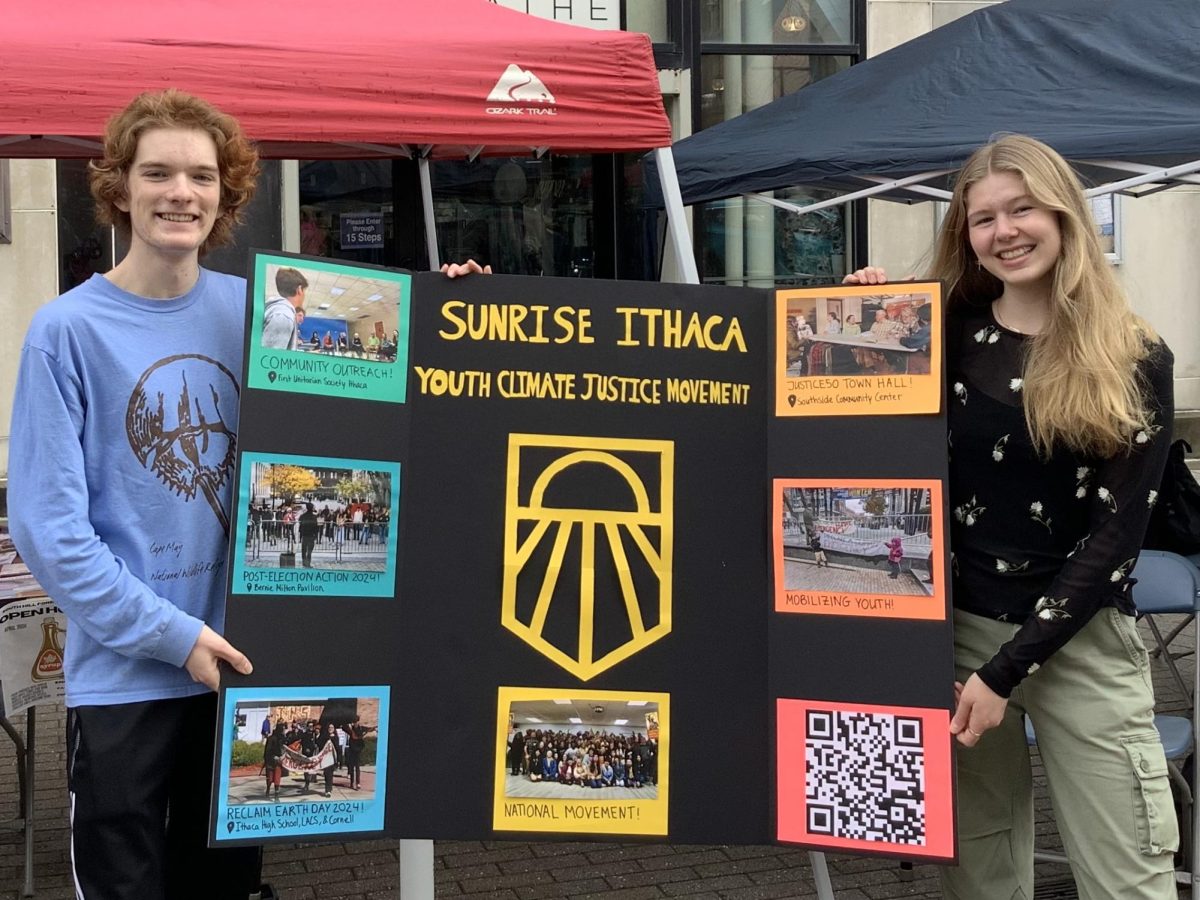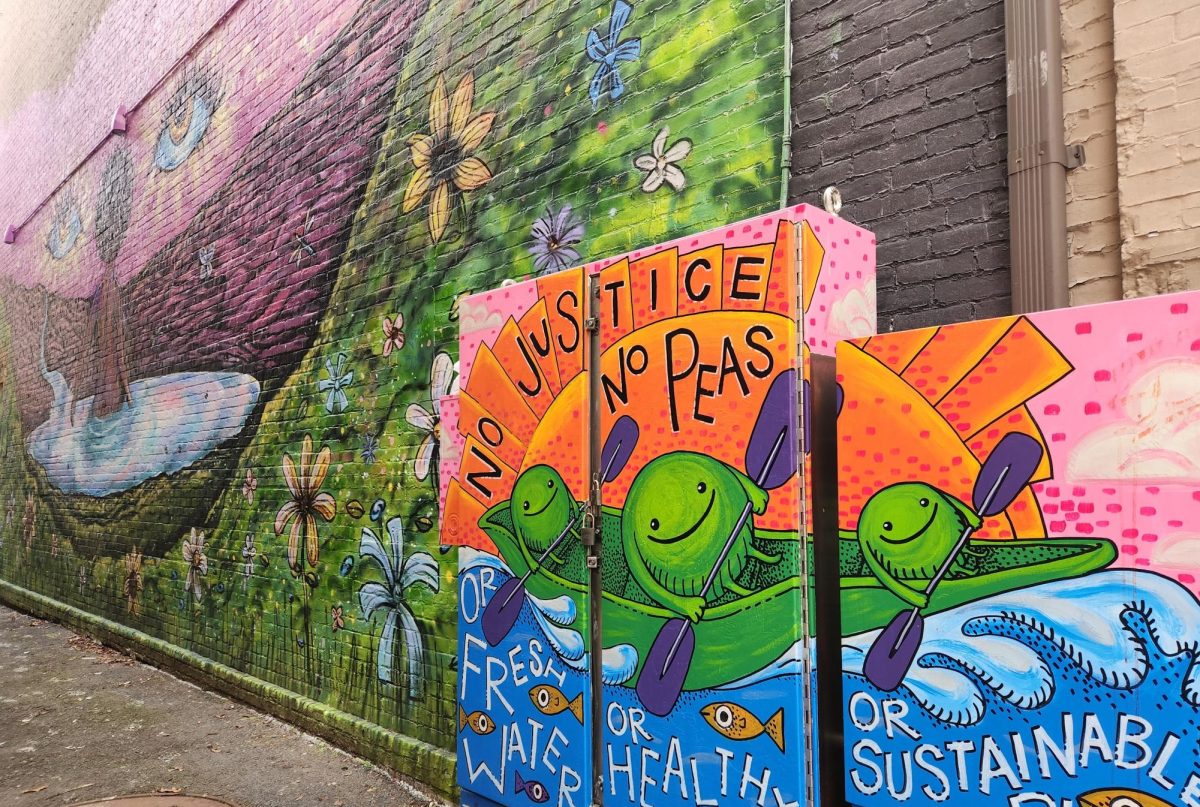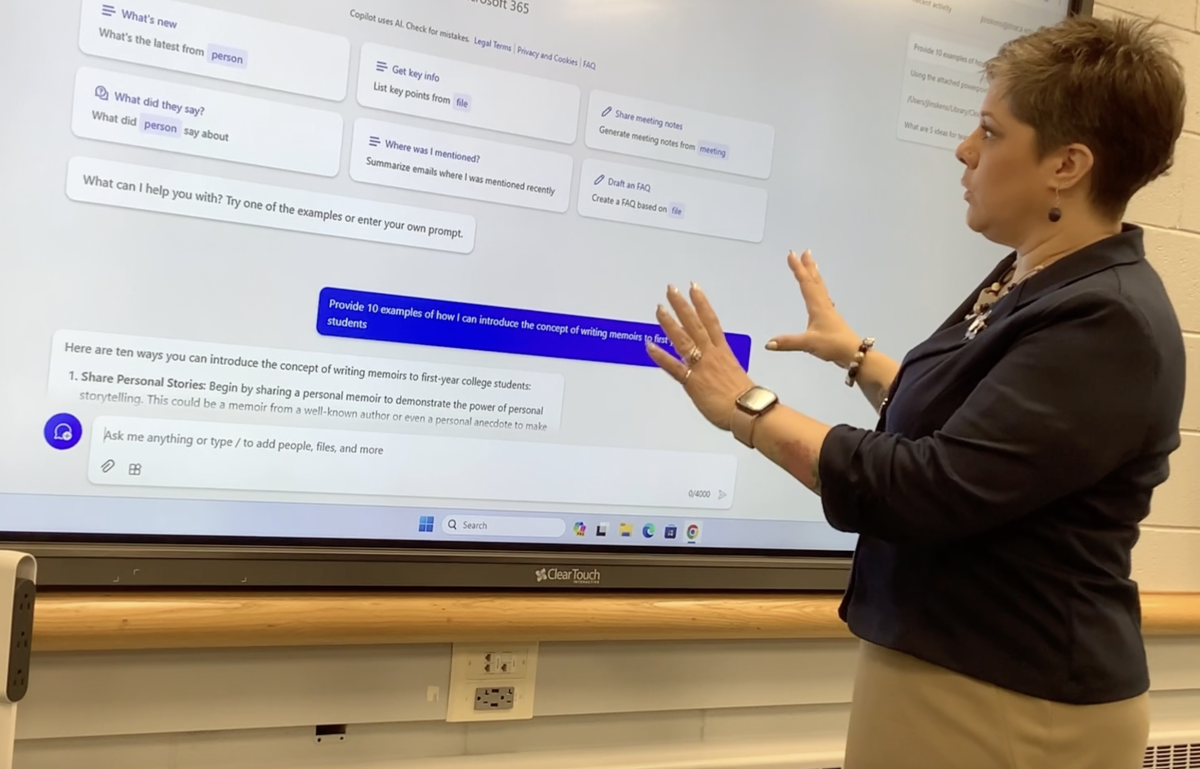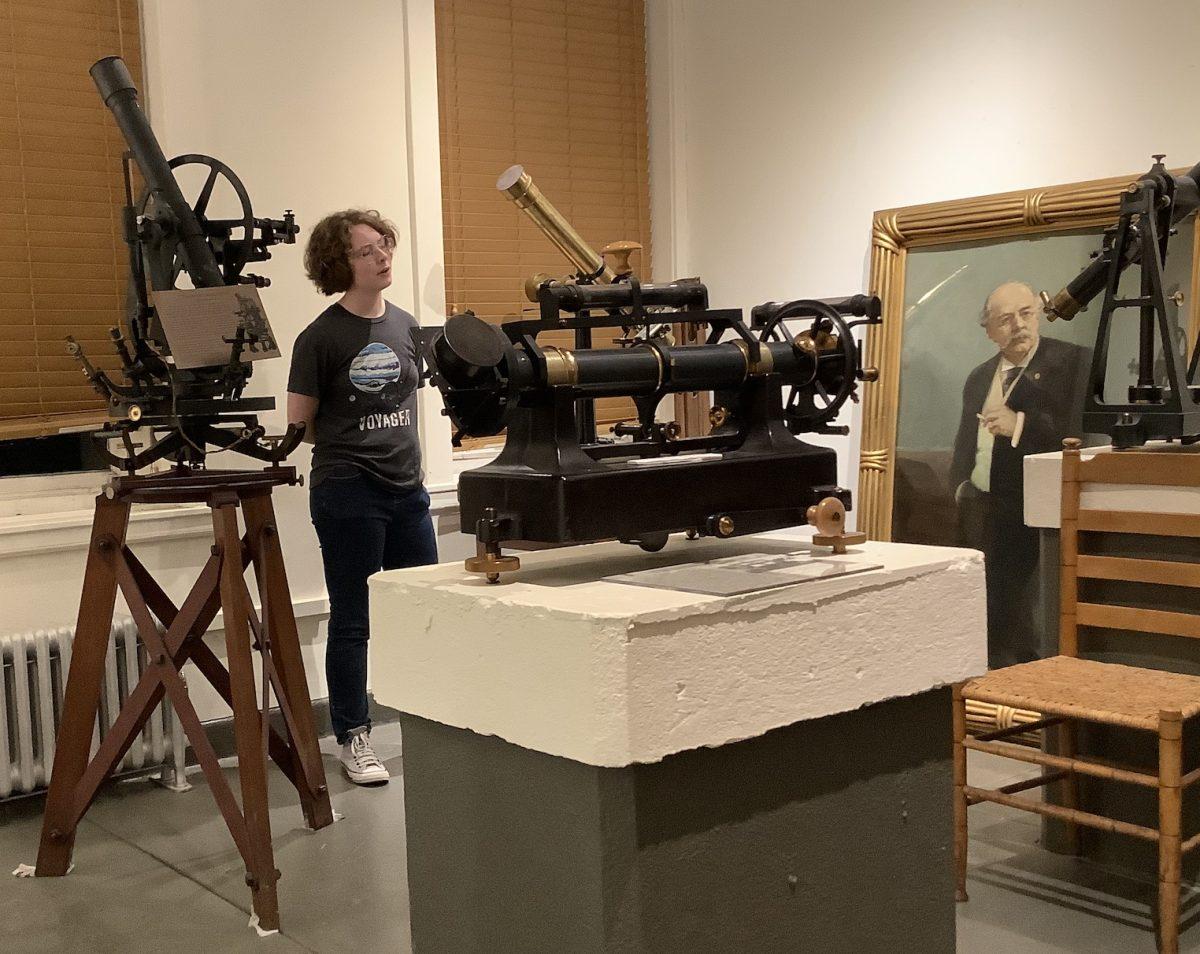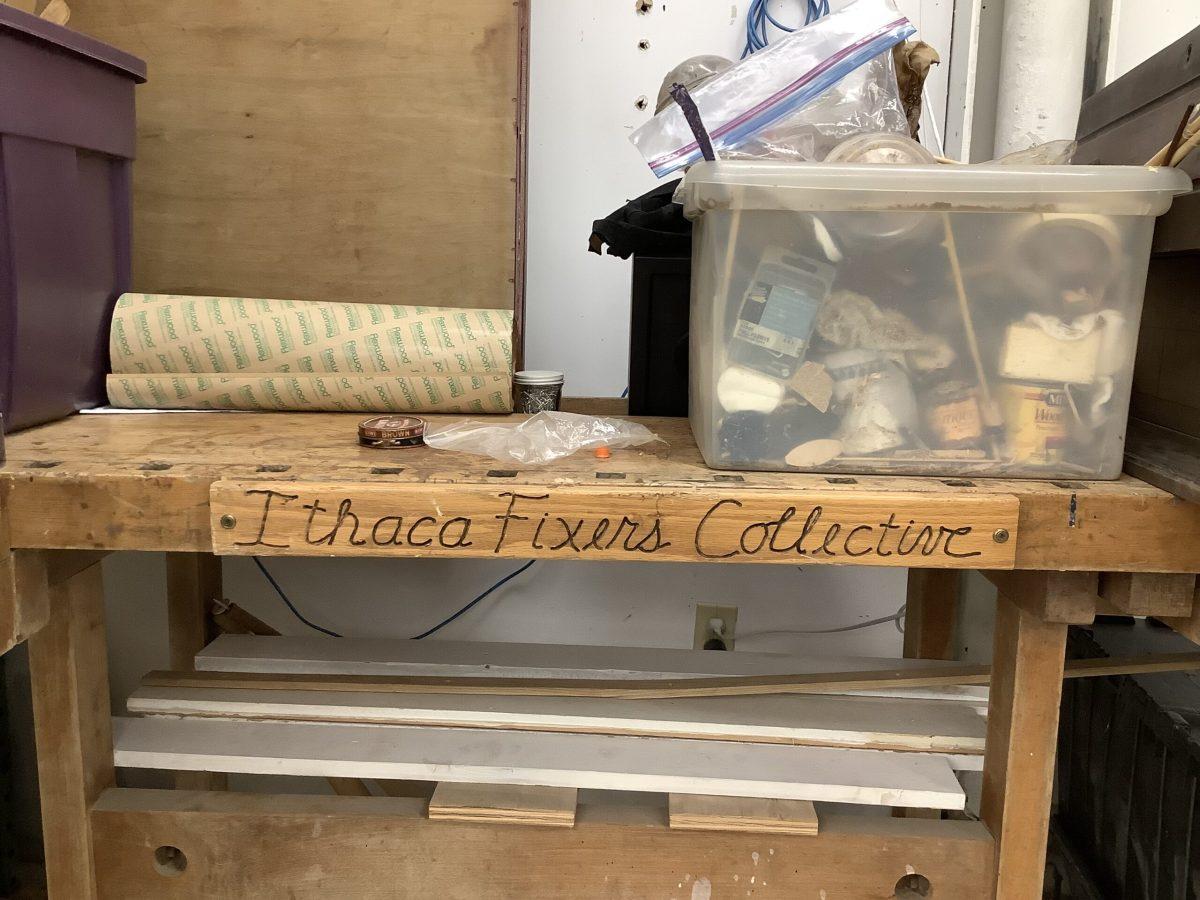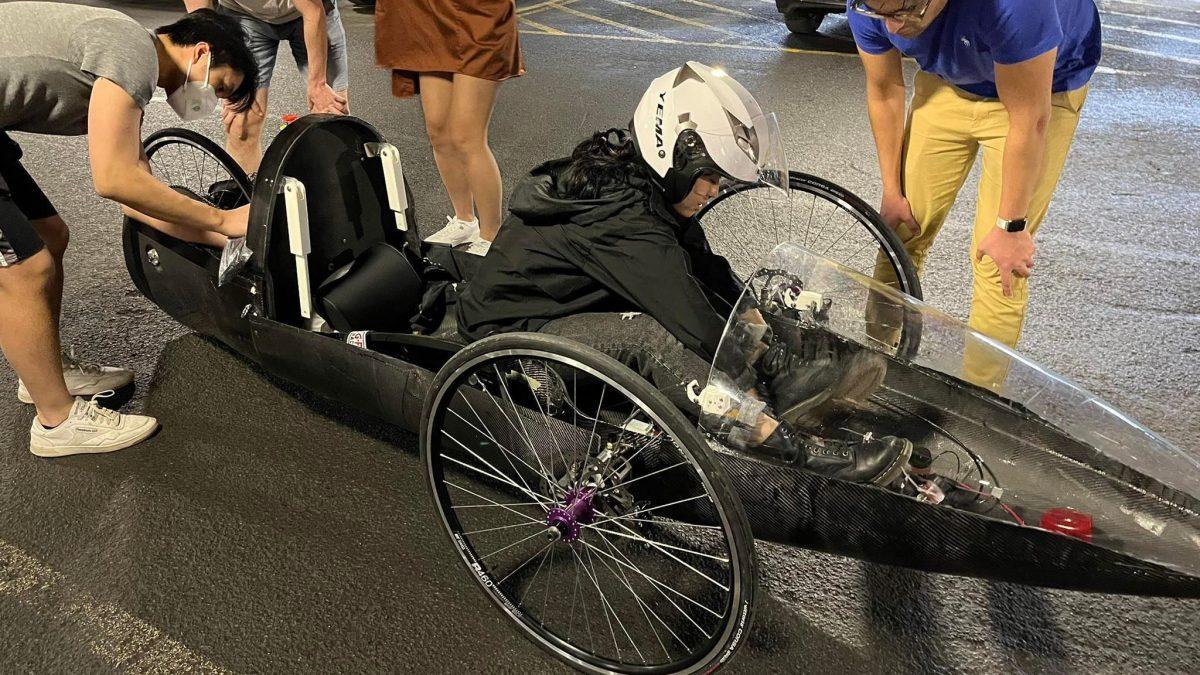APCO International, the world’s largest public safety communications association, launched AppComm on Apr. 23, 2013, and inclusion here is the standard for all viable security apps. The team of Cornell students – Anisha Chopra, Emma Court, Matt Joe, Joshua Krongelb and Matthew Laks – submitted the app for inclusion on the site and APCO staff reviewed the app using the Key Attributes of Effective Apps for Public Safety and Emergency Response as a guide and determined it was acceptable for inclusion on AppComm, according to Director of Government Relations Jeff Cohen.
According Krongelb, ResCUer’s head programmer, the app was downloaded 1,097 times on iPhones and 99 times on Android devices as of Feb. 9.
Laks said being included on AppComm after review from APCO staff was a big step in terms of the legitimacy of the app.
“What this means is that we got their seal of approval that this could be used by the general public,” he said.
Upon opening the app, users are presented with two options: “Get Help” – which provides contact information for all relevant emergency services, such as campus police and the Gannet Health Center – and “Go Home,” which contains numbers for local taxi companies, as well as other possible routes home.
Court, now acting as community outreach liason, said she and her team members were prompted to develop the app following a string of sexual assaults on campus in the fall of 2012.
“I thought how frequently girls walked home by themselves when they could have easily called a friend, taken a cab or pursued any number of safer alternatives,” she said. “We therefore came up with the idea for an app that could consolidate the safety resources available on campus to give people a very clear idea of what their options were in unsafe situations.”
The group entered ResCUer in two campus competitions, CU Collaborate and Big Red Ideas, and was awarded prize money to fund the creation of the app. Laks said they simply wanted to make something to help the Cornell community and funding was not a top priority.
“There’s no cost other than the cost of labor to make the app,” Laks said. “It was really just implementing the idea through code and marketing the idea. That’s really where the money helped us.”
The team is currently devoting efforts to expand the reach of the app through numerous publicity routes, including working with the Cornell Student Assembly, Court said. The Student Assembly encouraged undergraduates to download the app in one of its monthly emails, and plans to issue information about it to student organizations that focus on personal health and safety awareness.
Juliana Batista, vice president for outreach of the Student Assembly, said as well as being an important resource for students, ResCUer also has the capacity to help the local transportation economy through its inclusion of taxi numbers.
“It bolsters the bottom line for promoting students to use public transportation,” Batista said.
Kathy Zoner, chief of the Cornell University Police Department, said the app benefits security by improving upon safety measures already in place, such as the blue light phones, which provide access to Cornell Police at the touch of a button.
“The app gives people an opportunity to reach out to a lot of different levels of help and assistance, whether it’s friends, ambulance, police or EMS services,” she said.
The creators have recently been having discussions about the possibility of expanding the app to other colleges, essentially creating a customized campus-to-campus safety app, Laks said.
“We could provide a framework for campuses to use to facilitate a safety app that all people on the campus can use,” he said. “That’s our big picture plan.”
There are 17 other apps included on AppComm related to campus safety, according to APCO Government Relations Associate Mark Reddish. University of Maryland has an app called “M-Urgency” where students can send live video feeds of suspicious activity to campus security, and Princeton students developed “FireStop” to provide information to firefighters at critical moments.
“It’s an exciting time for public safety to be interacting with these young developers,” Reddish said.

